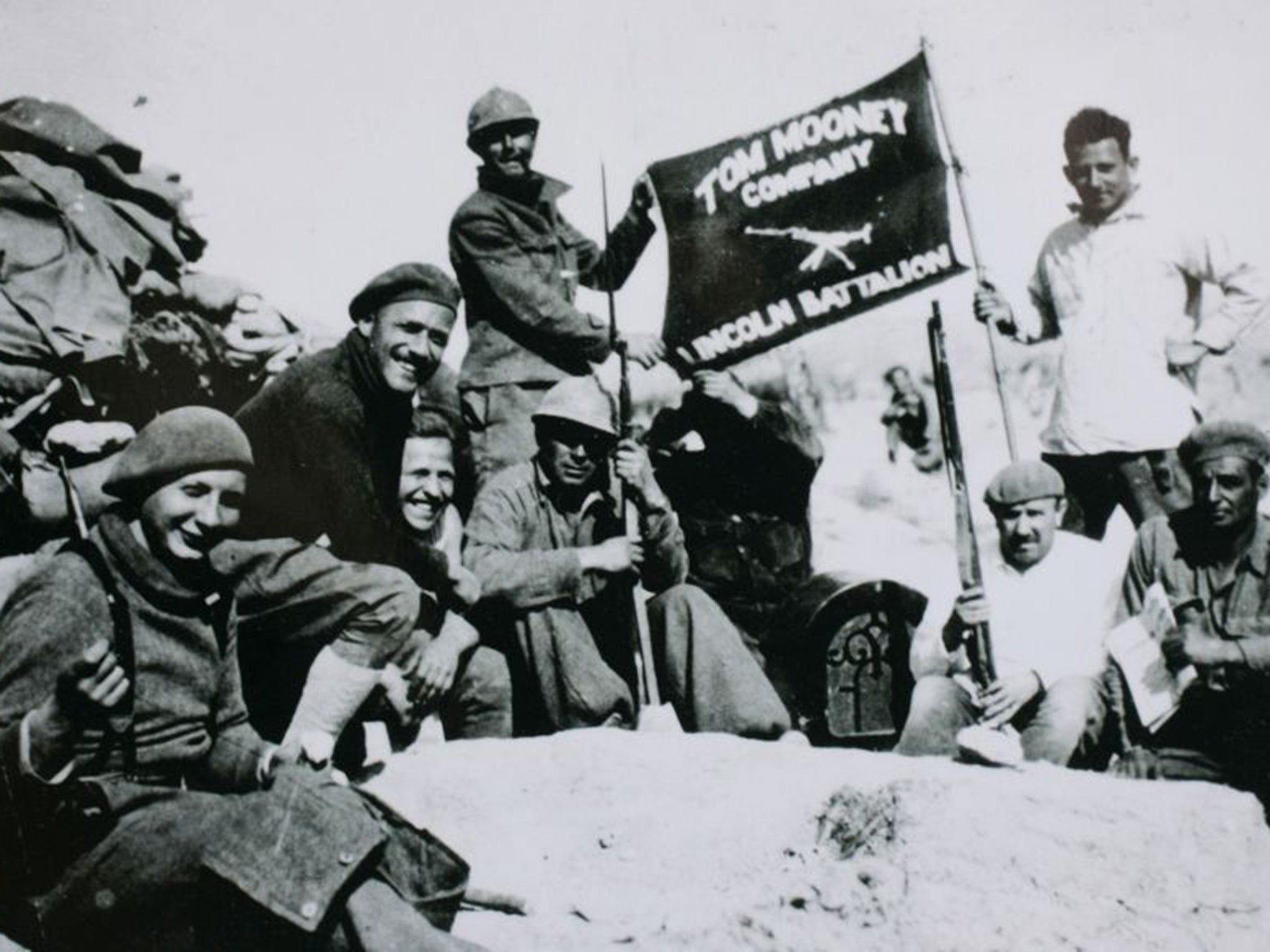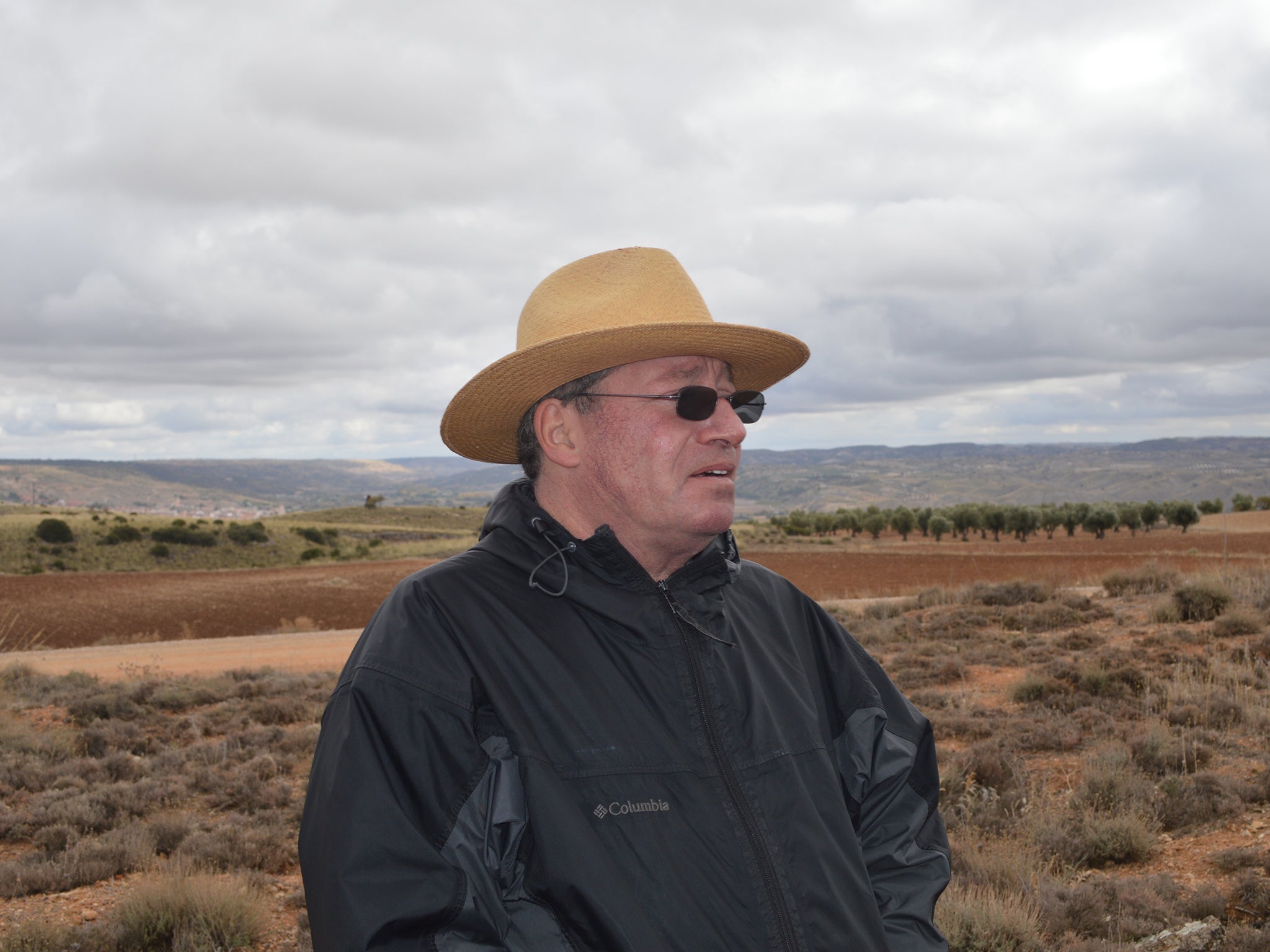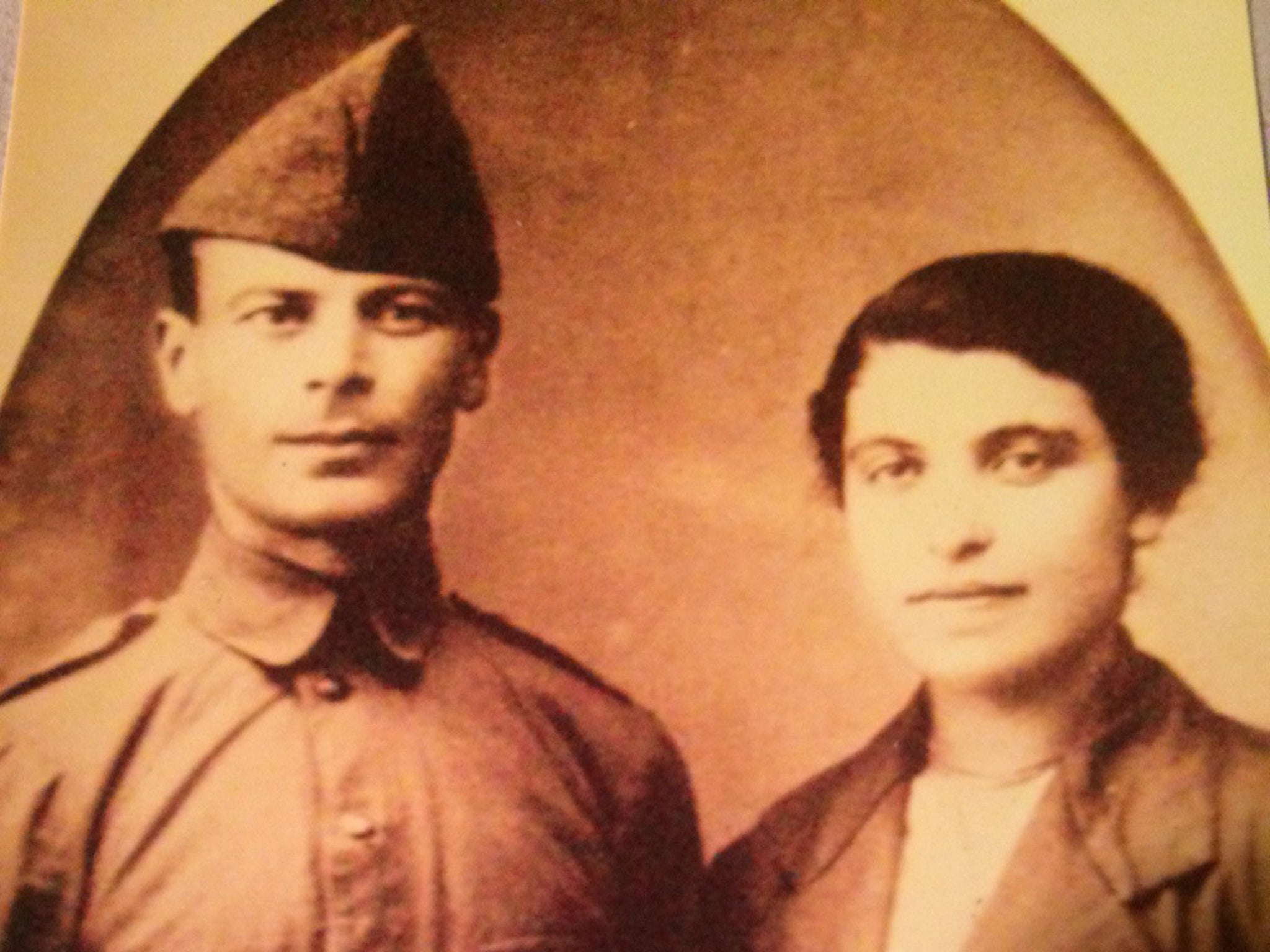Spanish civil war: A grandson’s pilgrimage to honour the fallen of Jarama
In 1937, hundreds of volunteers from around the world travelled to Spain to fight Franco’s nationalists. Among them was Misak Chelebian. Eight decades later, Alistair Dawber met his American grandson on the battlefield where he died

Your support helps us to tell the story
From reproductive rights to climate change to Big Tech, The Independent is on the ground when the story is developing. Whether it's investigating the financials of Elon Musk's pro-Trump PAC or producing our latest documentary, 'The A Word', which shines a light on the American women fighting for reproductive rights, we know how important it is to parse out the facts from the messaging.
At such a critical moment in US history, we need reporters on the ground. Your donation allows us to keep sending journalists to speak to both sides of the story.
The Independent is trusted by Americans across the entire political spectrum. And unlike many other quality news outlets, we choose not to lock Americans out of our reporting and analysis with paywalls. We believe quality journalism should be available to everyone, paid for by those who can afford it.
Your support makes all the difference.On Christmas Day 1936, Francisco Franco was wrestling with a problem. Before the decade was over, he would be Spain’s fascist dictator and would rule for almost four decades. But at that moment, as a mere army general at the centre of a plot to unseat the democratically elected Republican government, his troops were stuck outside Madrid, unable to take the Spanish capital – it was crucial if the coup d’état was to succeed.
At the same moment, 3,500 miles away, Misak Chelebian was boarding a steam ship in New York. It was bound for Le Havre on the north coast of France. From there, the 47-year-old American of Armenian descent would travel, along with hundreds of other anti-fascist Americans, to the Pyrenees, cross the border into Spain and after a few rudimentary instructions on how to use their simple rifles, would be pitted against Franco’s forces.
Six weeks later the fates of these two men crossed in the valley of Jarama, in what became one of the bloodiest battles of the Spanish civil war. After weeks stuck without progress to the west of Madrid, Franco opened a new front to try to cut the capital’s Mediterranean supply lines. Misak, along with thousands of his comrades-in-arms, members of the volunteer International Brigade, had come to stop him.
Stop him they did, but Misak would never go home.

“I would like to think that this is his final resting place,” says Barton “Rocky” Chelbian (the family surname was later simplified) indicating an olive grove on a hillside.
A retired businessman from New Jersey, Rocky knows little of what happened to his grandfather, but almost eight decades after the two-week battle, which cost the lives of as many as 45,000 men on both sides, he has come to Spain to find out more about Misak and, as he says, to pay his respects.
The valley, which still looks much as it did in February 1937, is strewn with badly rusting sardine cans that made up the soldiers’ rations. Bullets from Mauser rifles and bits of shrapnel from shells still pepper the hillsides.
He was a committed Communist. If there was a call to arms he would have definitely felt that he had to go
What Rocky does know is that it was one of these bits of shrapnel that killed Misak. “Once I had decided to come, researching what had happened to him became a bit of an obsession,” he admits.
A member of the Lincoln Brigade, the name given to the American volunteers who crossed the Atlantic, Misak was decapitated as a shell burst on the first day of the battle, according to newspaper reports published in the US some weeks after he died.
At 47, he was not a typical recruit. Born in what is now Turkey, he had escaped the Armenian genocide of 1915. He returned to Europe to fight in the French Foreign Legion during the First World War, and then again in the mid-1930s to fight Franco’s Nationalists, which were supported by Hitler’s Nazis.
“He was a complicated man – a very unhappy man – but he was a committed Communist,” Rocky says. “If there was a call to arms he would have definitely felt that he had to go. Standing here in the valley I can try and imagine what he felt like. It makes me very curious – curious to think what he might have been thinking.”
Rocky is being shown around the valley by David Mathieson, who organises tours of civil war sites, and whose book, Frontline Madrid, describes the battle for Spain’s capital. As Mr Mathieson points out, with the exception of a couple of small memorials – one is to the British who died trying to protect what became known as Suicide Hill on account of the danger of the operation – there is little to indicate the horrors witnessed by the valley. Bodies, including that of Misak, were buried where they fell, and farmers still regularly find human remains.
Rocky, of course, never knew Misak and says he doesn’t feel any sadness as he looks at the trenches and bunkers that can still be made out. Later, however, at a private museum in the nearby town of Morata de Tajuña, he signs the guestbook with a tribute to his long-dead grandfather. “Rest in peace, Grandpop,” it reads.
“There is no memorial to him, and that’s what I want this to be,” says Rocky. “I put down today’s date, and the date that he was killed. I wanted something to be here permanently, to mark that this is where he came and died. The fact that my almost totally forgotten grandfather will now be remembered in the museum was an unexpected bonus.”
For Misak there will now be a permanent record of his passing in the Valley of Jamara, but for thousands of others there is nothing, save for the memory of now elderly relatives.
Yet, despite the industrial scale of the death in the valley – Ernest Hemingway, who witnessed the battle, later said that the general in charge of the International Brigades should have been shot for his tactics – the likes of Misak did not die in vain.

The Republicans held the valley, and within a fortnight both sides were dug in. That prevented the Nationalist troops taking the road to Valencia, which would have cut the supply route into Madrid.
It also meant that Franco did not solve his Christmas Day problem, and the Nationalist coup did not succeed in early 1937. Of course, instead, it meant that the coup became the Spanish civil war, plunging the country into almost three years of conflict, the wounds from which have never really healed.
It is not known how many people – ideologues, trade unionists, those who had seen what fascism brought and decided that defeating it was worth fighting and possibly dying for – travelled to Spain to fight on the side of the Republicans. But the battle of Jarama is remembered as one of the war’s worst battles.
Afterwards, the singer Woodie Guthrie adapted “Jarama Valley”, originally a British song that lamented the conditions facing the volunteers, as a song for the American Lincoln Brigades. Its first verse reads: “There’s a valley in Spain called Jarama; It’s a place that we all know so well; It was there that we fought against the fascists; We saw a peaceful valley turn to hell.”
It was certainly a hell for the likes of Misak Chelebian, and must have made many volunteers question their ideology. It was also a marker for what would follow in Europe over the next decade.
But today, at least, Misak is remembered thanks to his grandson. Thousands of forgotten others have now turned to dust in the valley, their price for fighting, and dying, for something they believed in.
Join our commenting forum
Join thought-provoking conversations, follow other Independent readers and see their replies
Comments